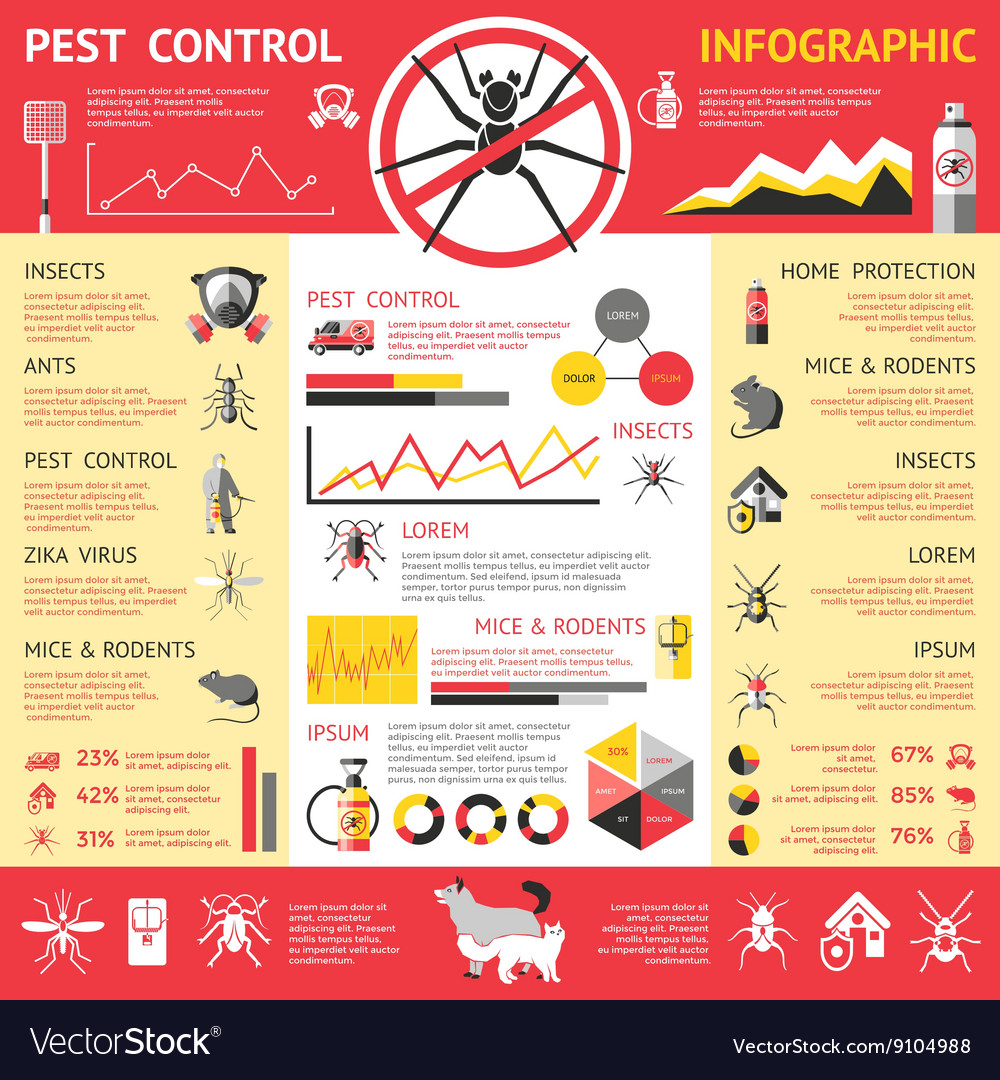The Function Of Insect Exterminators In Environmental Sustainability
The Function Of Insect Exterminators In Environmental Sustainability
Blog Article
Developed By-Rindom Hess
You might believe that bug exterminators are only interested in removing pests, but their function goes beyond that. They play a vital component in ecological sustainability.
By utilizing incorporated insect management techniques, they not just get rid of pests yet likewise guard biodiversity.
Additionally, they utilize sustainable insect extermination techniques to mitigate ecological dangers.
So, following rat prevention methods doubt the significance of insect exterminators, remember their contribution to a greener and much healthier world.
The Importance of Integrated Pest Monitoring
You should comprehend the relevance of incorporated insect monitoring in keeping a lasting setting.
Integrated Pest Monitoring (IPM) is a method that concentrates on stopping and regulating insects while minimizing the use of damaging chemicals. By carrying out IPM approaches, you can effectively manage bug populaces without triggering injury to the atmosphere.
One vital element of IPM is the use of organic controls, such as killers and parasites, to naturally manage pest populaces. This minimizes the need for chemical pesticides, which can have destructive effects on wild animals and communities.
In addition, IPM advertises the use of cultural and physical controls, such as plant turning and exclusion methods, to avoid bugs from coming to be a problem in the first place.
Safeguarding Biodiversity With Insect Control
We can safeguard biodiversity through efficient insect control techniques that focus on the preservation of natural ecosystems. By using accountable insect control practices, we can secure and preserve the fragile balance of types within our atmosphere. Below are 3 methods which parasite control contributes to safeguarding biodiversity:
- ** Protecting native flora and animals ** - By targeting invasive varieties that intimidate native plants and pets, parasite control assists ensure the survival of aboriginal species and preserves the all-natural variety of ecological communities.
- ** Preventing the spread of diseases ** - Regulating insects such as insects and ticks minimizes the danger of illness infecting wildlife populations, protecting biodiversity and stopping possible break outs.
- ** Saving jeopardized varieties ** - By handling pests that take advantage of or take on jeopardized species, pest control initiatives can enhance the opportunities of survival and promote the recuperation of susceptible populations.
Through Breeding seasons , we can proactively add to the preservation of biodiversity and the sustainability of our environment.
Mitigating Environmental Risks With Sustainable Pest Extermination Methods
By utilizing sustainable insect extermination techniques, you can properly alleviate environmental dangers while ensuring the safety and security and wellness of both human beings and the all-natural ecological community. Typical parasite control methods often involve making use of hazardous chemicals that can have damaging impacts on the atmosphere.
Nevertheless, sustainable insect elimination techniques focus on decreasing these threats by using environmentally friendly choices. As an example, incorporated bug management (IPM) approaches focus on using safe and eco-friendly items, as well as natural killers to regulate pest populaces. This approach not just reduces the adverse effect on the environment yet also aids to maintain the fragile equilibrium of the ecological community.
In addition, lasting parasite elimination techniques promote the preservation of biodiversity by targeting specific bugs without damaging beneficial microorganisms. By embracing these methods, you can add to a much more lasting and eco-friendly technique to pest control.
Droppings are the pest exterminator, the guardian of nature's harmony. With integrated insect administration, you stabilize the delicate environment, ensuring the survival of diverse species.
Through sustainable methods, you mitigate environmental dangers, maintaining the delicate balance intact.
Like a harmony conductor, you coordinate the rhythm and flow, securing the biodiversity that dancings in excellent consistency.
With every step you take, you produce a globe where nature thrives, where insects pull away, and where sustainability preponderates.
